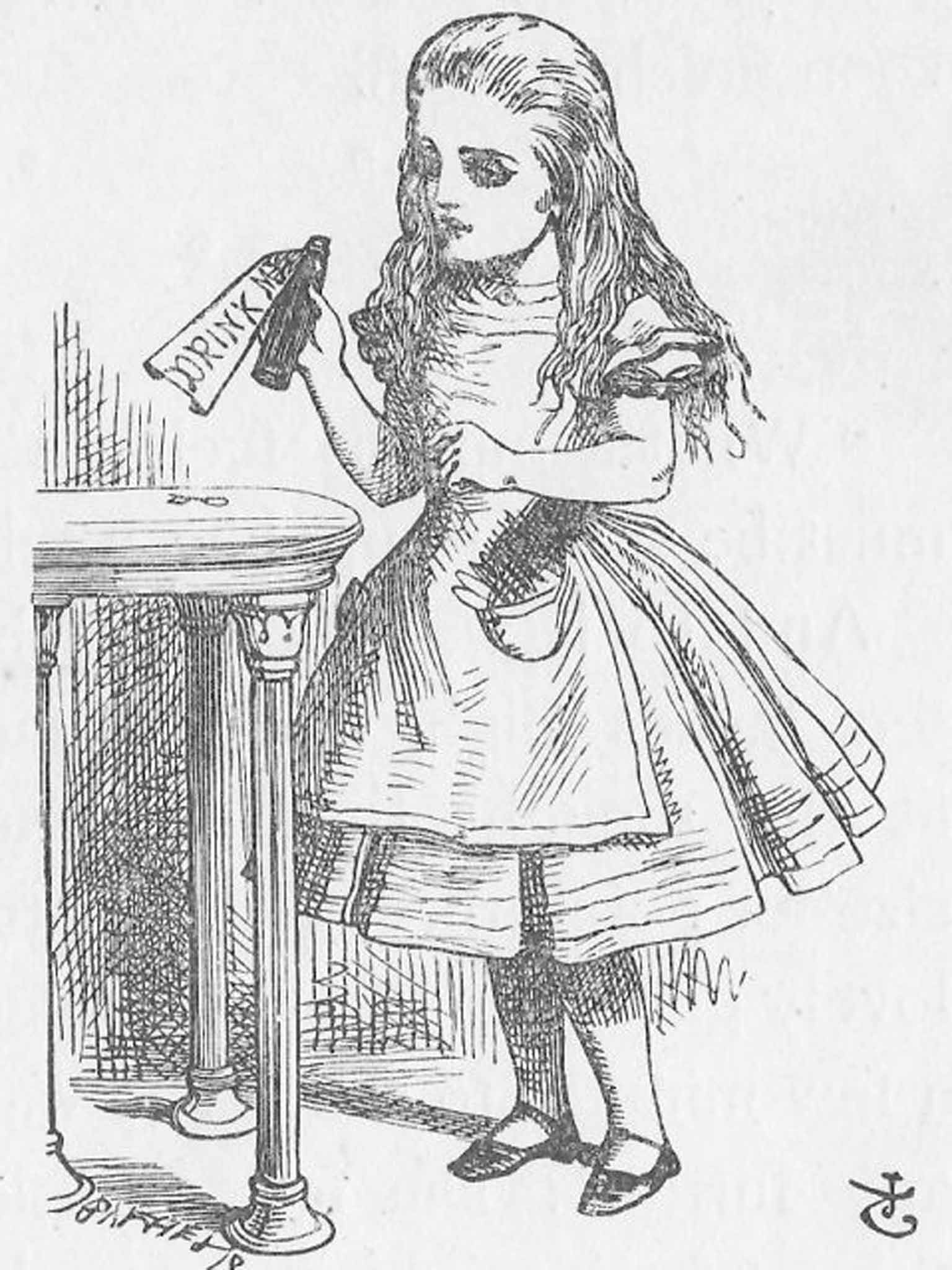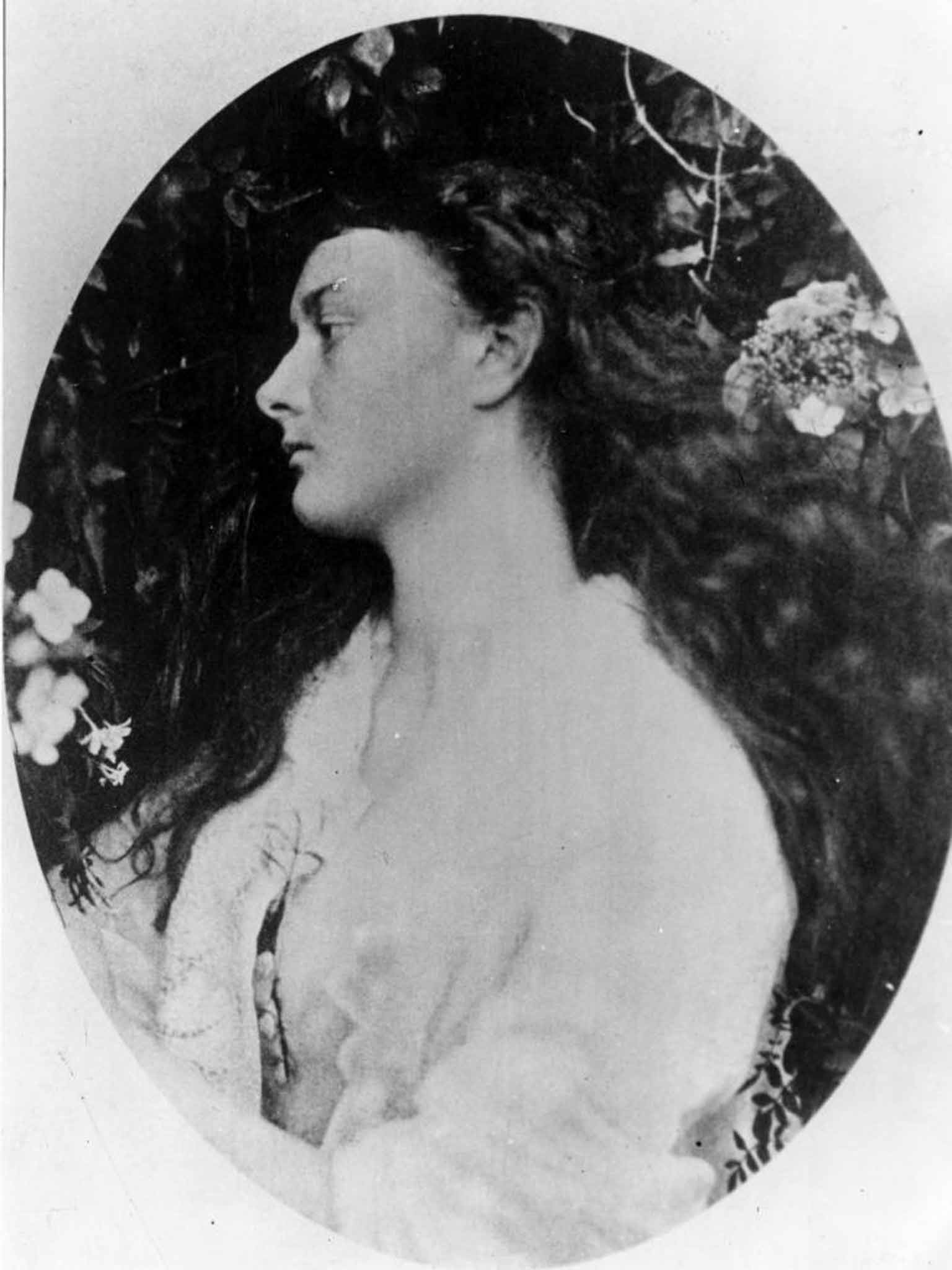Alice in Wonderland: 150 years on, what's the secret of its success?
Since its first publication, 'Alice's Adventures in Wonderland' has held a powerful grip on the collective imagination. Author Amanda Craig explores how Carroll's surreal, subversive story changed the way we see children's books forever

Your support helps us to tell the story
From reproductive rights to climate change to Big Tech, The Independent is on the ground when the story is developing. Whether it's investigating the financials of Elon Musk's pro-Trump PAC or producing our latest documentary, 'The A Word', which shines a light on the American women fighting for reproductive rights, we know how important it is to parse out the facts from the messaging.
At such a critical moment in US history, we need reporters on the ground. Your donation allows us to keep sending journalists to speak to both sides of the story.
The Independent is trusted by Americans across the entire political spectrum. And unlike many other quality news outlets, we choose not to lock Americans out of our reporting and analysis with paywalls. We believe quality journalism should be available to everyone, paid for by those who can afford it.
Your support makes all the difference.This year, Alice in Wonderland is 150 years old, marked by a slew of shiny new editions, and a splendid book by Robert Douglas-Fairhurst, The Story of Alice, exploring how a shy unmarried Oxford don came to write the first true classic of children's literature.
Of all the spells laid on me by books, Alice's is both the most frightening and perhaps the most influential. Since I was eight, I have spent years puzzling over her. At primary school, she was always the character I chose to dress up as, and the poems Lewis Carroll wrote were the first I ever learnt by heart.
When I came to write my second novel, A Private Place, set in the world of a progressive public school not unlike Bedales, I chose Alice as the name of its central protagonist. Carroll's Alice has a mixture of impatience and politeness, boldness and timidity which were very much my own as a teenager. Her continual attempts to puzzle out the bizarre, amoral and counter-intuitive regulations of Wonderland were horribly familiar, and my Alice, too, goes underground.

The image of Alice has been so overlaid by Sir John Tenniel's drawings of her as prim that it's easy to miss how challenging she is. As Douglas-Fairhurst says: "Carroll's stories would permanently alter how readers thought about children on and off the page." Her adventure is not the kind of boring book she (and we) ought to be reading, ("'What is the use of a book,' thought Alice, 'without pictures or conversations?'") and her own story, by contrast, is full of both pictures and conversations. Some of the oddest of these are the conversations that Alice holds with herself. She is the first fictional character in children's literature to possess what academics now call "interiority". For a child to encounter this in a fictional child is astounding, even if children can, and do, talk to themselves all the time. Whatever else he was, Charles Dodgson (Carroll's real name) was a keen observer of what Robert Macfarlane calls "Childish", the language particular to the creativity of children.
Nowadays, we are so used to the idea of a magical land that its originality is hard to recall, but before Alice, children had little but adult novels (Robinson Crusoe, Gulliver's Travels, The Pilgrim's Progress), the Bible and fairy tales to entertain them. Alice is the first children's protagonist to go into a different world, and to do so by going underground. Curdie and Irene in The Princess and the Goblin, Jill and Eustace in The Silver Chair and Colin and Susan in The Weirdstone of Brisingamen – as well as Bilbo Baggins in The Hobbit – are all put to what every reader instinctively recognises as a kind of supreme test of courage. Traditionally, this journey is climactic and characters are re-born the stronger for it. But Alice's trials underground are unique in being experienced alone, and for her the adventure is just beginning
Nothing in Wonderland is reliable. Language slips and flips into puns, Alice's body shrinks and grows in a parody of puberty, white roses are painted red, flowers as well as animals speak and almost everyone is offended, rude, patronising or angry. Alice never loses her sense of curiosity, her manners, her truthfulness or her sanity – though as she says, "the way all the creatures argue… It's enough to drive one crazy!" No matter what happens, she remains the same clever, dreamy, indomitable little girl who is never afraid to answer back. She won't hold her tongue, especially not in a court of law that wants to impose "sentence first – verdict afterwards". Quite right, too. Encountering that sort of dauntlessness is something you never forget. When I was hit in the face by a teacher rather like the Red Queen (this kind of thing being commonplace in the 1960s), Alice was the one who showed me that bullies are "all a pack of cards". Or, as Douglas-Fairhurst puts it: "The Alice stories are about a different kind of heroism. They offer a triumph of wit over brawn… in which the leading character is not a muscular warrior or mysterious god but an ordinary little girl."
Her humour is the humour of children, and it is so very English that it's a question whether, as Zadie Smith has said in an essay, "the latter has been moulded around the former". Yet not everybody shares this kind of vision. There are people who would be horrified by the thought of a baby "growing up to be a dreadfully ugly child but… rather a handsome pig". The comedy in Bertie Wooster, Saki and Monty Python is loved by millions but it's too arch to appeal to everybody. No matter: even to find it in one book would be enough.

Alice's adventures are the comedies of a sane person in a mad world, and any child who has encountered quarrelling adults, bullying teachers and a mad school will recognise her as a kindred spirit. When she is confused, it is because, like any child, she has reached the limits of her education. That does not include sex. All kinds of adult readers have enjoyed speculating about whether Lewis Carroll entertained fantasie like those of Humbert Humbert. It's a game for philistines and those who, in Nabokov's immortal phrase, "dot every 'i' with the author's head". The point is, she is inviolable, inviolate and innocent even when she passes from pawn to Queen. Her last act is to shake the monstrous Red Queen into a kitten.
These days, a child is more likely to encounter surrealism through the adventures of Norton Juster's The Phantom Tollbooth, or St Exupery's Le Petit Prince, written some hundred years later. Though gentler, they are more didactic in their explanations of the capricious adult world. Carroll neither instructs nor condones. He shows a mother, the Duchess, being monstrously cruel to her baby, and the trusting oysters being tricked and devoured by the Walrus and the Carpenter. His Wonderland is a dangerous place, although the playfulness which must have struck Carroll's original audience as delightfully subversive now reads as ponderous. Sadly, despite Tim Burton's 2010 film, few children now actually read Alice. Yet the bookish, quirky, inquisitive child still cleaves to her. She was never meant to be fashionable, or a cult, just eternally herself. µ
Amanda Craig is the author of six novels, most recently 'Hearts and Minds' (Abacus £8.99) and is a children's books critic
Join our commenting forum
Join thought-provoking conversations, follow other Independent readers and see their replies
Comments